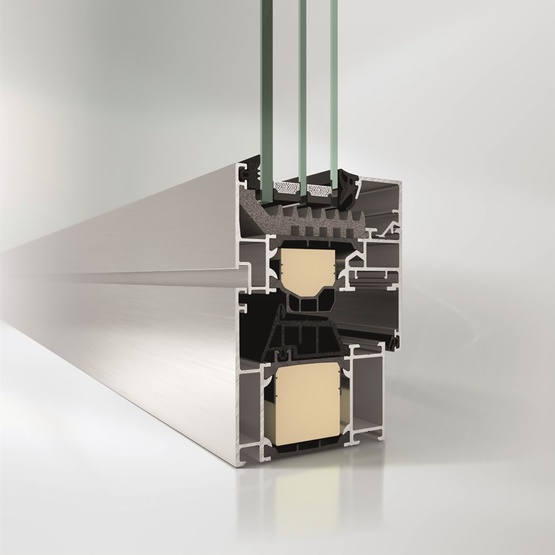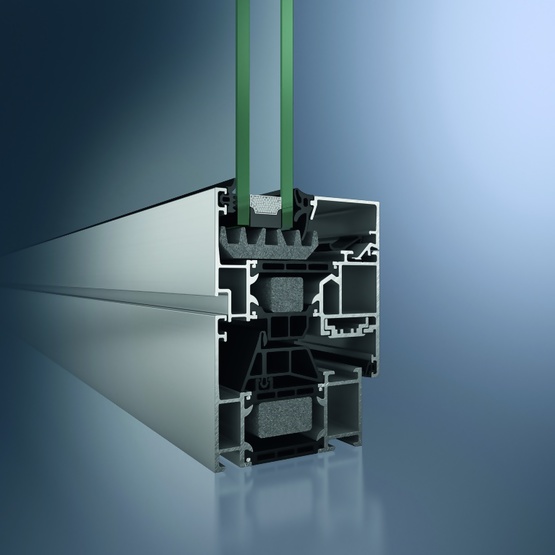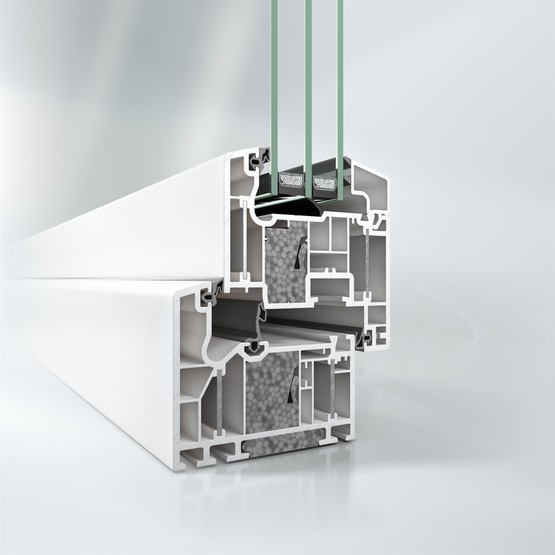How to compare sound mitigation properties of windows?
After a hard day, your home is the place to relax. Place, where you’re entitled to a moment of peace and silence.
If you live in a busy part of town, where noise levels reach 70-90dB, it’s just not enough to close your regular window. Cars can be as noisy as 90dB and motorbikes attack your ears with more than 98dB. The maximal noise level for comfortable sleep is less than 30dB.
Long term exposure to high noise levels has negative effects on your health, it can lead to depressions and increased heart-attack risk. If you sleep in a noisy environment, your cells regenerate slower and you age faster.
The Ability of windows to reduce outside noise is stated as Sound mitigation index Rw and is indicated in decibels (dB). The higher the index, the better sound mitigation properties the window has and lets less outside noise into your home.
Regular old windows with a single glazing have Sound mitigation index Rw equal to around 20dB. So, if you live on a busy street, where noise levels reach as high as 80 dB, this window will let in 60 dB into the room, which is still considered a high level similar to a loud conversation.
Standard uPVC windows with double glazing have Sound mitigation index Rw of 32 dB.
Sound mitigation properties can be improved by:
- using a thicker glass,
- using a special layered glass,
- combining glass with different thickness,
- using triple instead of double glazing,
- increasing the spacing between glass,
- filling the spacing with special gas (argon, krypton),
- using a triple window seal
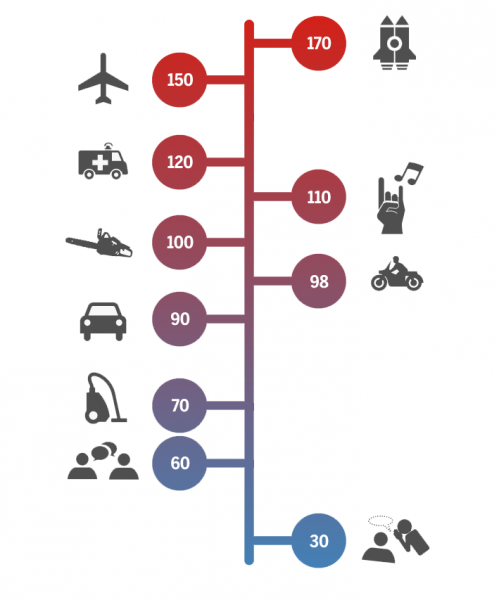
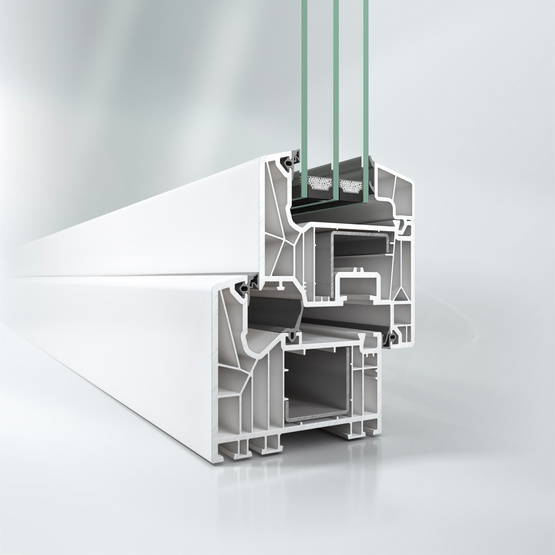
Sound mitigation index comparison for windows with triple glazing
| outside glass width (mm) – spacing (mm) – middle glass width (mm) – spacing – inside glass width (mm) | Total width | Sound mitigation index – Rw (dB) |
| 4 – 12 – 4 – 12 – 4 (same glass width, argon filling) | 36 mm | 32 dB |
| 4 – 12 – 4 – 12 – 4 (same glass width, krypton filling) | 36 mm | 35 dB |
| 6 – 12 – 4 – 12 – 4 (argon) | 38 mm | 38 dB |
| 6 – 12 – 4 – 12 – VSG-si 44.1 (layered glass with argon filling) | 42 mm | 42 dB |
| 8 – 12 – 4 – 12 – VSG-si 44.1 (layered glass with krypton filling) | 44 mm | 45 dB |
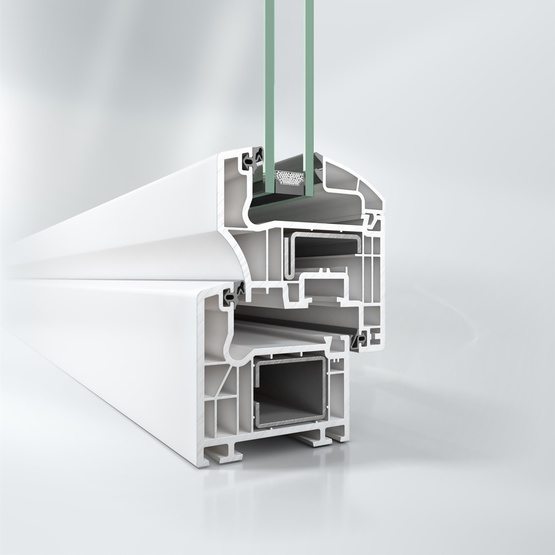
Sound mitigation index comparison for windows with double glazing
| outside glass width (mm) – spacing – inside glass width (mm) | Total width | Sound mitigation index – Rw (dB) |
| 4 – 15 – 4 (same glass width) | 23 mm | 32 dB |
| 6 – 15 – 4 | 24 mm | 36 dB |
| VSG 44.2 -15 – 4 (layered glass with a safety lamination) | 27 mm | 38 dB |
| 10 – 15 – 4 | 29 mm | 38 dB |
| 10 – 20 – 4 | 34 mm | 39 dB |


